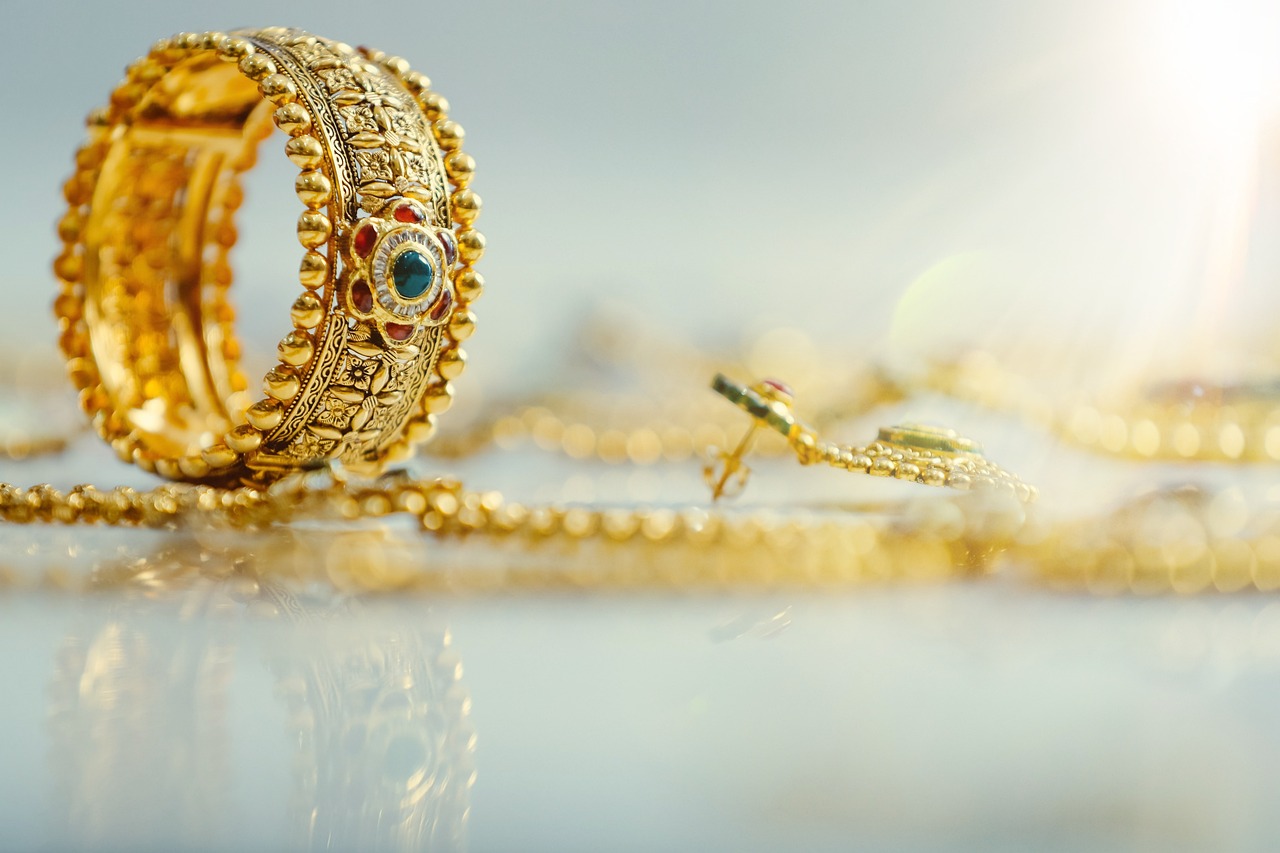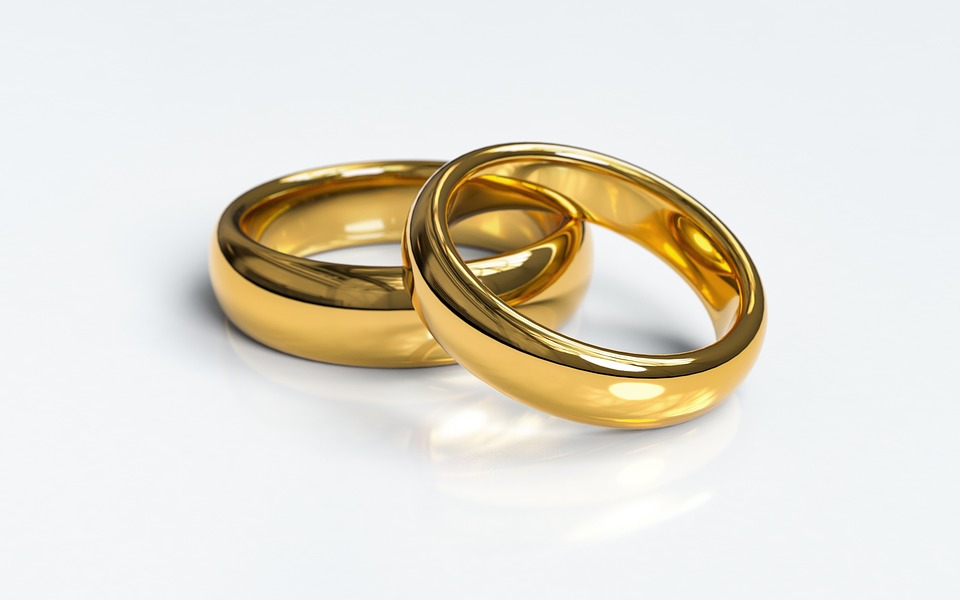India is a country rich in history and culture, and its jewellery tradition is no exception. Indian jewellery has been an integral part of the country’s customs and traditions, and its allure has captivated people far beyond its borders. The Indian subcontinent boasts a vast and diverse collection of jewellery types which varies from region to region, and each type has a unique story to tell. Whether it’s the intricate designs or the dazzling gemstones that catch the eye, Indian jewellery is more than just decorative – it’s a cultural statement.
One of the most valuable aspects of Indian jewellery is the amount of time and effort that goes into creating each piece. Indian craftsmanship and techniques have been passed down for generations, and the precision and attention to detail are not to be overlooked. The traditional jewellery-making process involves a team of skilled artisans, each with their own specific role, working together to meticulously craft a piece from scratch. From shaping the metal to embedding the jewels, every aspect of the creation process is done by hand, making each piece of Indian jewellery a one-of-a-kind art form.
The motifs and techniques used in Indian jewellery design are heavily influenced by the country’s cultural and religious beliefs. While certain designs can be seen throughout the jewellery types, the unique symbolism behind each symbol is what sets it apart. Indian jewellery commonly features nature-inspired designs such as florals and animals, while the addition of pearls, rubies, and emeralds is believed to bring good fortune and positive energy. It’s not uncommon for Indian brides to wear multiple pieces of intricate jewellery on their wedding day, each symbolizing a different cultural significance, from fertility to prosperity.
Indian jewellery is often identified by its intricate designs and bright, bold colors. Each type of jewellery is unique in its own way and can be identified by its individual characteristics. Some of the most popular types of Indian jewellery include Kundan, Meenakari, and Jadau jewellery. Kundan jewellery is known for its uncut diamonds and intricate goldwork, while Meenakari jewellery gets its vibrant colors from enamel filling. Jadau jewellery is made using a unique technique of embedding uncut diamonds and gemstones, and the final product is often passed down as a family heirloom.
In conclusion, Indian jewellery is a unique and intricate art form that has stood the test of time. With each type having its own story to tell, Indian jewellery is a reflection of the country’s diverse culture and customs. The craftsmanship, symbolism, and unique designs make each piece a cultural masterpiece, and the fact that they are all hand-crafted adds even more value to the art. Regardless of whether you’re an avid jewellery collector or just a fashion enthusiast, it’s impossible to deny the captivating beauty of Indian jewellery.
Traditional Indian Jewellery: Kundan Jewellery
Kundan Jewellery is a traditional and elegant form of Indian jewellery. This form originated from the Mughal era and is created using a unique technique that involves setting gold foil in between gemstones to create a precious and exquisite piece. Kundan Jewellery typically uses gemstones such as emeralds, diamonds, rubies, or sapphires, all of which are set in intricate and exquisite arrangements that are highly coveted by Indian brides. As Kundan Jewellery is highly intricate, it takes an immense amount of skill and time to create, making it a highly expensive and prized possession.
Traditional Indian Jewellery: Jadau Jewellery
Jadau Jewellery is another form of traditional Indian jewellery that originated during the Mughal period. This highly intricate and versatile jewellery form is created using various precious gemstones such as diamonds, emeralds, pearls, and sapphires, along with gold and silver. The technique of jadau involves embedding gemstones in molten gold, a process that is highly complex and intricate. Each piece is a work of art and is highly valued for its beauty and artistic value. Jadau Jewellery has become increasingly popular among brides in India, with brides choosing to wear it on their special day to complete their bridal look.
FAQ
1. What are some of the most popular types of Indian jewellery?
Indian jewellery is known for its intricate designs and vibrant colours. Some of the most popular types of Indian jewellery include Kundan, Polki, Jadau, Meenakari, and Temple jewellery. Kundan jewellery is known for its refined and detailed artwork and is made using gold, diamonds, and precious gemstones. Polki jewellery, on the other hand, is a form of uncut diamond jewellery that is set on gold. Jadau jewellery is usually made using gold or silver and is inlaid with precious or semi-precious stones. Meenakari jewellery is famous for its enamel work and its bright colours. Temple jewellery usually features intricate, figurative motifs and is inspired by Hindu mythology.
2. What are the materials used in Indian jewellery?
The materials used in Indian jewellery vary depending on the type of jewellery and the region it originates from. Gold is a popular material used in Indian jewellery, and it is often mixed with other metals such as copper and silver to make it more durable. Silver, too, is commonly used in jewellery-making. Diamonds, rubies, emeralds, and sapphires are some of the most sought-after precious gemstones used in Indian jewellery. Other materials used include pearls, coral, and other semi-precious stones.
3. How do I care for my Indian jewellery?
To keep your Indian jewellery looking its best, it is important to care for it properly. You should avoid exposing your jewellery to harsh chemicals, perfumes, and other substances that may damage it. After wearing your jewellery, wipe it down with a soft cloth to remove any dust or dirt. You can also clean your jewellery using a gentle soap and water solution. Store your Indian jewellery in a cool, dry place, and try to keep it away from sunlight and other sources of heat.
4. Can Indian jewellery be worn for everyday use?
While some types of Indian jewellery are more elaborate and may be more appropriate for special occasions, there are many pieces that can be worn on a daily basis. For instance, simple gold earrings or bangles can be worn with casual outfits, while more intricate necklaces or bracelets can be paired with formal wear. It all comes down to personal preference and the occasion. Indian jewellery is known for its versatility, and there is a wide range of options available for different styles and preferences.





